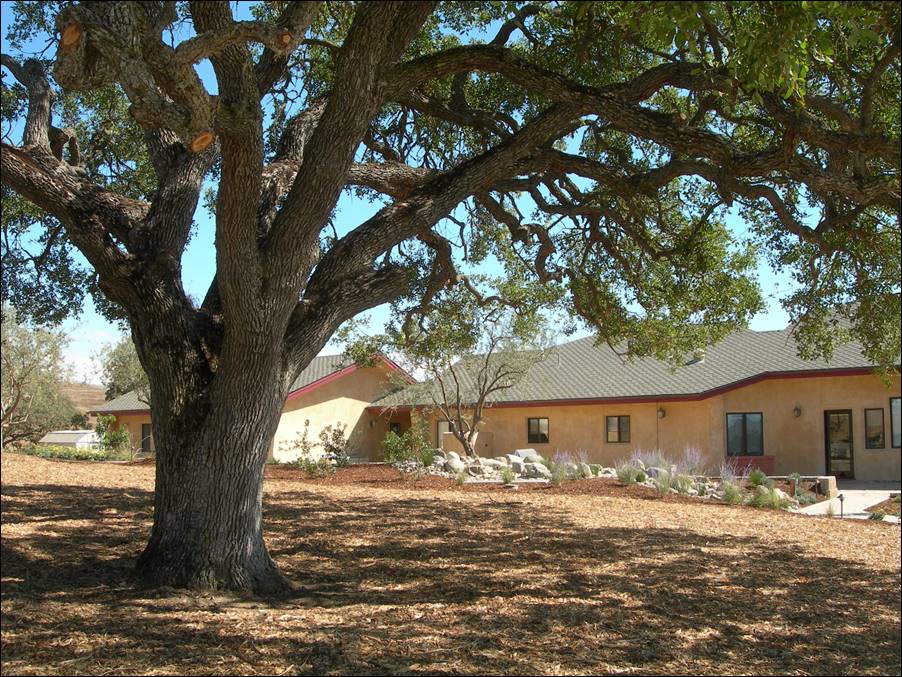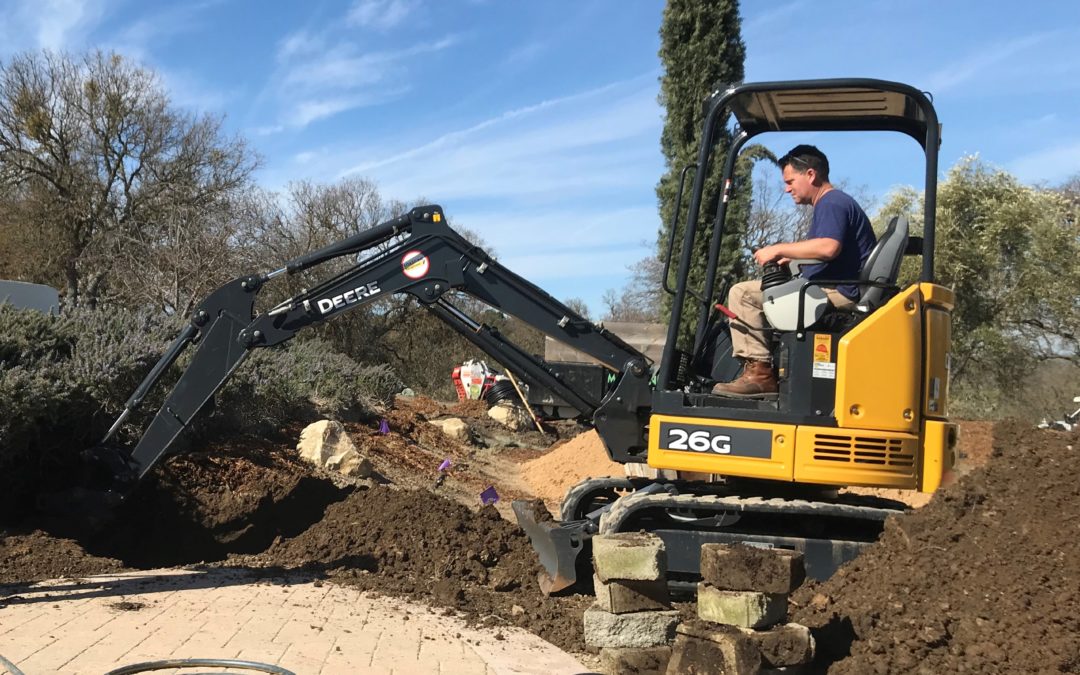
On the Boards: Goodwin Ranch House
Historic Farmhouse Restoration
Madrone is collaborating with San Luis Sustainability Group to help restore this historic Goodwin Ranch House through the Carrizo Plain Conservancy.
Remote and Dry Location
Our pro bono design includes decks, a stage, open rustic patios and ADA-compliant ramps to facilitate entertainment and events. Because the site is in a remote and dry location, water resources are limited. Our designers looked at what was surviving on the Carrizo Plain site and utilized those same drought-tolerant native plants, which can be watered for establishment and then survive on their own. In addition, we designed a composting toilet to be used for events, which will further reduce water use.
Community Gathering Place
The restored farmhouse will host educational events. Visitors will enjoy the unique beauty of the Carrizo Plains, the re-established Goodwin Ranch House, and the native landscaping.













